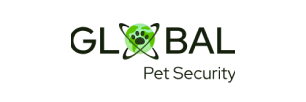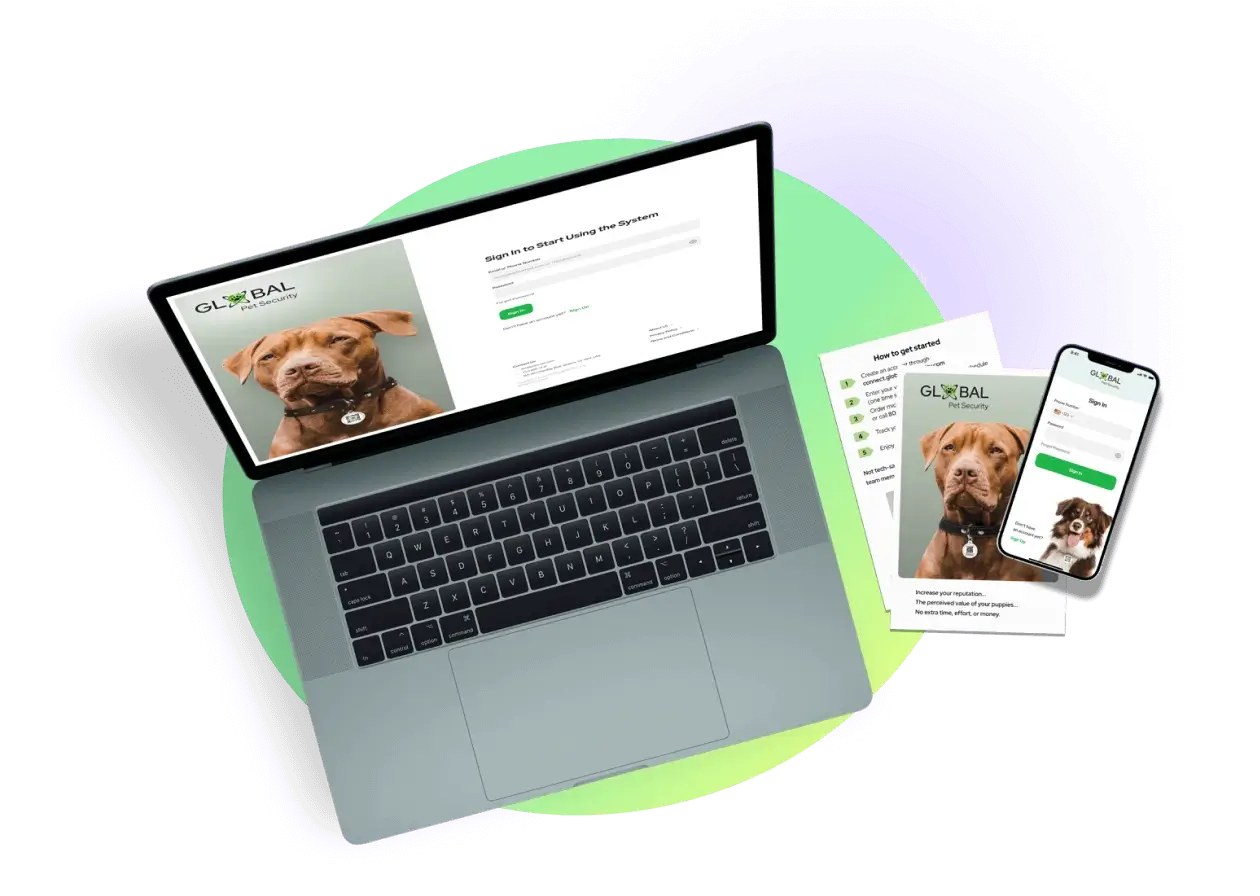Great software, zero headaches
Commodity Trading Software
Development
We create compliant and future-proofed CTRM software solutions, offer business and IT consulting services for the energy and financial sectors enabling you to manage credit and market risks faster, trade smarter, and forecast business performance with ease.
15+
Years
expertise
140+
Happy
clients
95%
Client
retention

Making things work
Everything we do at Altamira is about trying to make the pain of building and implementing software go away.
-
Get consultancy on commodity trading and risk management
Expert guidance on optimising your CTRM strategy, improving risk management, and streamlining and automating trading operations to succeed fast.
-
Select and implement your CTRM software
Identify key differentiators and choose the right CTRM system with confidence, ensuring smooth implementation tailored to your needs.
-
Audit your software and technology landscape
Assess your existing technology stack to identify inefficiencies, gaps, and opportunities for system modernisation, adapting to the latest technology trends.
-
Quickly prototype your solution with Low Code/No Code
Test and validate new solutions using Low-code/No-code platforms to get tangible results in days, not weeks, while reducing costs and development time.
-
Build custom software
Craft great commodity trading solutions that align with your business processes, ensuring flexibility and scalability to capture the most value from market fluctuations and varying commodity qualities.
-
Migrate your data
Securely transfer and integrate data across systems while minimising downtime and ensuring data integrity.
-
Craft great AI-powered solutions
We use AI and automation to improve your decision-making, optimise trading strategies, and improve operational efficiency, securing stress-free progress throughout your project.
Our clients












Manage and control risks
With our tailored energy trading and risk management expertise, your business can easily manage, monitor, and mitigate financial, market, operational, and credit risks associated with energy trading.
- Calculate possible portfolio losses over time from market changes
- Get real-time or periodic valuation of open trading positions based on market prices
- Check if your trading partners meet their financial obligations and set credit limits
- Estimate the maximum loss that could occur due to counterparty default
Why Altamira?
Deep domain expertise
As a zero headaches software partner, we possess deep domain expertise in commodity trading, regulatory system, compliance, and risk management, allowing us to fix problems before they impact your business.
Rapid results
We provide end-to-end software solutions that help capture trades in real time, assess and mitigate risks, and automate financial settlement processes. With our delivery process, we remove the risks of CTRM software development at every step, so nothing keeps you up at night.
Trust through transparency
Whether you are looking to implement off-the-shelf solutions, assess your current infrastructure, or prototype your best new idea, rest easy knowing you are up to date, having a clear picture of your project progress.
Case studies






Custom mobile app for dog owners
Modern technology can help owners care for their dogs and keep them safe. GPS tracks and saves dogs’ history for their whole life, easily transfers it to new owners and ensures the security and detectability of the animal.

Restaurant POS system development
There are still numerous cafes and restaurants that get by with only cash, pen, and paper, having no clue about all the ways a modern POS system can help them run a restaurant faster, easier, and more successfully.

AI-powered web and mobile app solution development
In response to the need for accessible neuropsychological assessments, Altamira introduced a transformative solution that reimagines the traditional approach to diagnosing and monitoring cognitive, mood, and personality disorders in children.

Web design and development
Our client, Union, a prominent insurance provider established in Slovakia since 1992, recognising the importance of a strong digital presence and operational efficiency, aimed to improve their technological capabilities through user-focused web solution.

Mobile payment and virtual terminal app
The SkipCash mobile payment app is operated in Qatar, where common PoS terminals are not widespread. SkipCash tries to solve this problem with a mobile payment app that replaces the payment terminal on the seller's side and replaces the payment card on the client's side.

Website development
We took over the maintenance, continuous improvement, and further development of the website for the most famous and largest Slovak cultural institution – Slovak National Theater.

People also asked
Commodity Trading and Risk Management software helps companies manage the trading, logistics, and risk associated with commodities like oil, gas, metals, and agricultural products. At Altamira, we provide solutions that streamline operations by tracking contracts, pricing, compliance, and financial exposure.
ERP (Enterprise Resource Planning) software manages a company’s overall business processes, including finance, HR, and supply chain. CTRM, on the other hand, is designed specifically for commodity trading, focusing on trade execution, risk management, and regulatory compliance. While some ERPs include basic trading functions, they lack the specialised features of commodity trading systems software.
CRM (Customer Relationship Management) software helps businesses manage interactions with clients and track sales. CTRM software is built for commodity trading, covering trade execution, pricing, risk assessment, and logistics. While CRM focuses on customer data and sales pipelines, CTRM software solutions handles market volatility, contracts, and position tracking.
ETRM (Energy Trading and Risk Management) is a subset of CTRM, designed for energy markets like electricity and natural gas. CTRM covers a broader range of commodities, including metals, agriculture, and energy. In short, all ETRM systems are CTRM, but not all CTRM systems are ETRM. Contact us to learn more about commodity trading software we provide.
Commodity trading risk management software is used by commodity traders, producers, logistics companies, and financial institutions dealing with commodities. It helps them track trades, assess risks, and comply with regulations in volatile markets. Reach out to explore the commodity trading software we deliver.
All our services
Services provided by Altamira
Artificial Intelligence
Outstaffing
Expertise
Looking forward to your message!
- We will send you a confirmation email once your message is received
- Our experts will get back to you within 24h for a free consultation
- All information you provide will be kept confidential and protected under NDA
- We will provide an initial project estimate during your consultation




